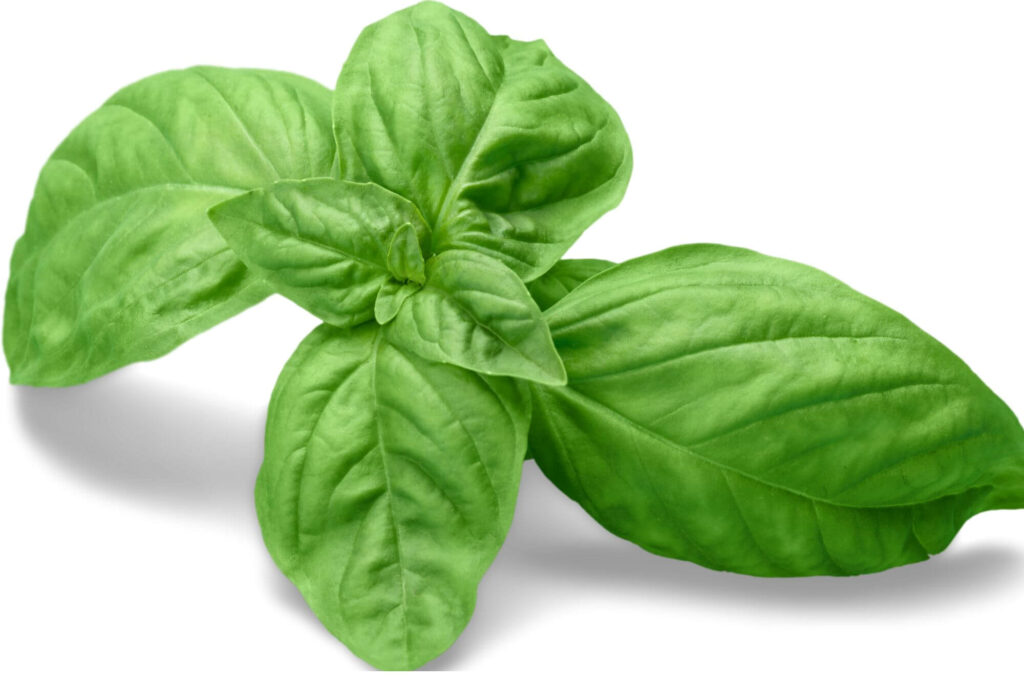
Coriander is a spice that can improve the taste of your food as well as be good for your health. Coriander spice comes from the seeds of the coriander plant, which adds its unique aroma and flavor to many dishes. You can find it in whole seed form or in ground powder form. People mostly use the seeds and leaves in cooking. To get the best flavor, it is a good idea to grind the coriander seeds just before using, as ground coriander can lose its flavor if stored for too long.But what if you are cooking and suddenly you realize that you are out of coriander. Don’t worry! This guide will give you simple coriander substitute in your kitchen that you can use to keep your dishes delicious.
1. Parsley

Parsley can be a substitute for coriander as it tastes fresh and slightly peppery. It is similar to coriander in the herb world. You can use it in your dishes to get the same ambiance and it also adds a nice green color. So, if you run out of cilantro, parsley can step in and do the job quite well.
2. Cilantro leaves

You can use cilantro leaves as a substitute for coriander by simply chopping fresh leaves and adding them to your recipes. They work well in salads, salsas, curries and garnishes, providing a mild, refreshing flavor. Just remember that cilantro leaves are milder in flavor than coriander seeds, so you may need to use a little more to achieve the desired flavor.
Difference between Cilantro and Coriander
Cilantro and coriander are different parts of the same plant, Coriandrum sativum, and they have different flavors:
Cilantro: This refers to the fresh, leafy part of the coriander plant. It has a bright, sour and slightly peppery taste. In some regions, including the United States, it is commonly referred to as cilantro.
Coriander: This term usually refers to the dried seeds of the same coriander plant. Coriander seeds have a warm, earthy and slightly sour taste. Coriander seeds are a common spice used globally.
Finally, the Coriander Sativum plant produces Cilantro leaves and coriander seeds. Cilantro is the name of the leaves and stem of the plant, while coriander is the name of its dried seeds. These two parts have different tastes and have diverse uses in cooking.
3. Basil

Basil can serve as a substitute for coriander in some recipes due to its aromatic and slightly peppery flavor, which can provide a unique twist to your dishes. Although it does not mimic the exact flavor of coriander, basil can complement a variety of cuisines, including Italian and Mediterranean, where coriander is not a typical herb. Basil may help support the immune system due to its antioxidant properties. Additionally, it may aid digestion and reduce bloating. To use basil as a substitute, simply chop fresh basil leaves and add them to your dish as you would with coriander, adjusting the amounts according to your flavor preferences.
4. Mint

Mint can be a substitute for coriander in some dishes due to its refreshing and slightly peppery flavor, which can add a unique twist to your dishes. Although it doesn’t match exactly that, mint can work well in salads, sauces and some ethnic dishes where coriander is not the primary flavor. To use mint as a substitute, chop fresh mint leaves and add them to your dish as you do with coriander, adjusting the amount to suit your taste.
Mint offers various benefits, including improving digestion, relieving headaches and adding refreshing flavor to culinary dishes and beverages. It may also help reduce symptoms of nausea and provide a cooling sensation.
5. Celery leaves

Celery leaves can be a substitute for coriander in some recipes as they have a mild, refreshing flavor and can provide a similar green, herbal note. Although not identical in flavor, celery leaves can work well as a replacement, especially in salads, soups, and garnishes. Simply chop celery leaves and use them in your dish like you do with coriander, adjusting the quantity as per your preference.
Celery leaves offer many benefits, including being a good source of vitamin K, which supports bone health, and providing antioxidants that can help reduce inflammation. They also contain dietary fiber, which can aid digestion and contribute to a feeling of fullness when consumed as part of a balanced diet.
6. Cumin

Cumin can replace coriander by adding a warm, slightly nutty flavor to your dishes. Use it in the same quantity as coriander in your recipes for a similar flavor profile. This is an easy substitute when you are short of coriander.
7. Fennel Seeds

To use fennel seeds as a coriander substitute, simply crush or grind them and use equal amounts in your recipe. Fennel seeds can replace coriander by adding a little licorice flavor to your food. When you don’t have coriander, use them as coriander in your recipes.
8. Garam Masala

Garam masala can be a unique alternative to coriander, providing a warm and complex spice blend flavor to your dishes. You can use it by adding equal amount of coriander to your dishes for delicious taste, especially in Indian or Middle Eastern dishes. It adds depth and richness to your cooking when coriander is not available.




